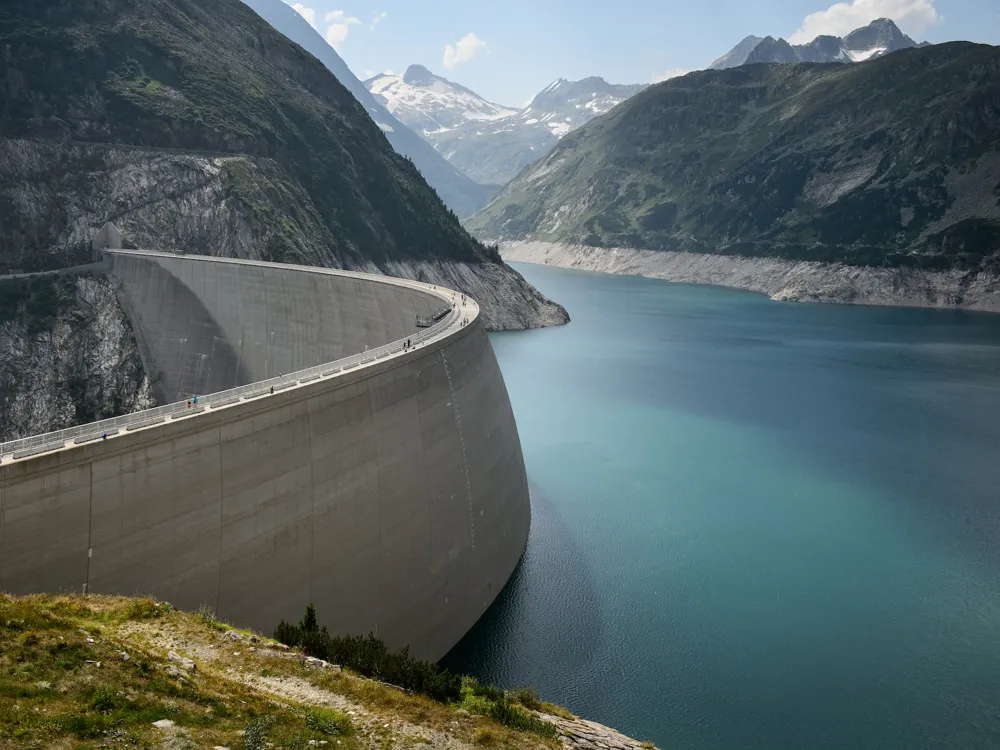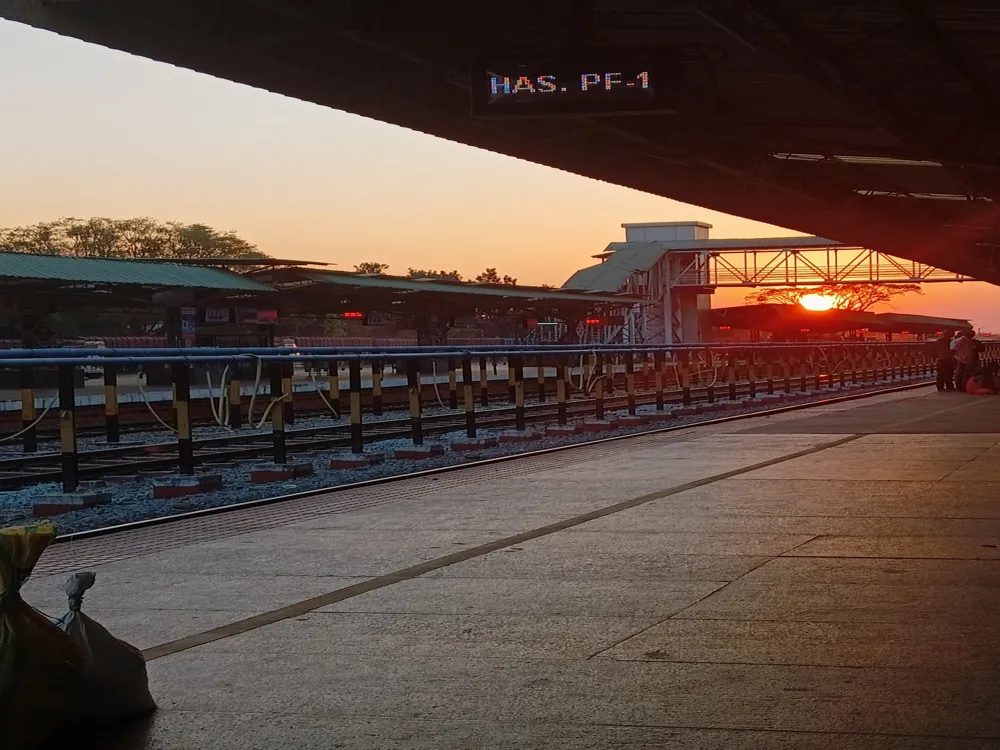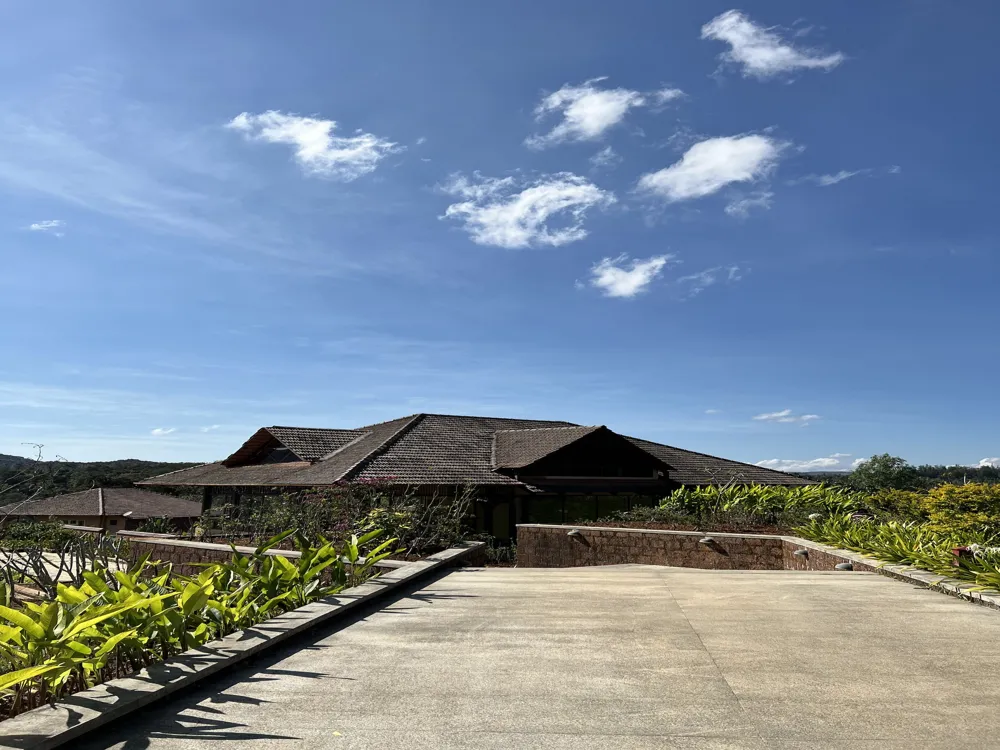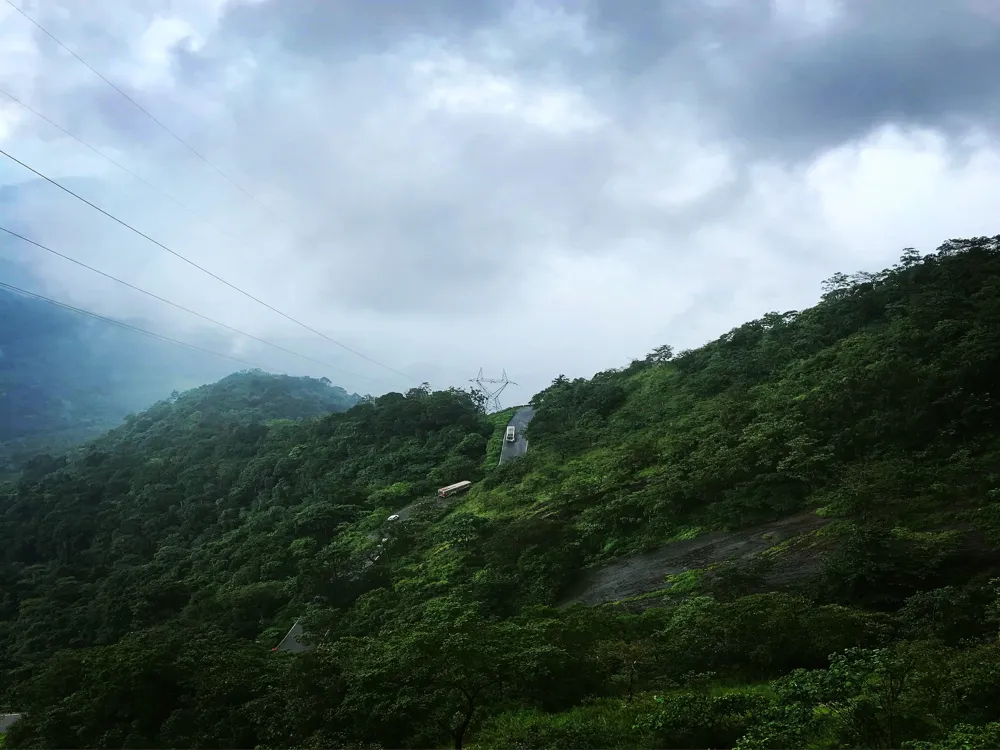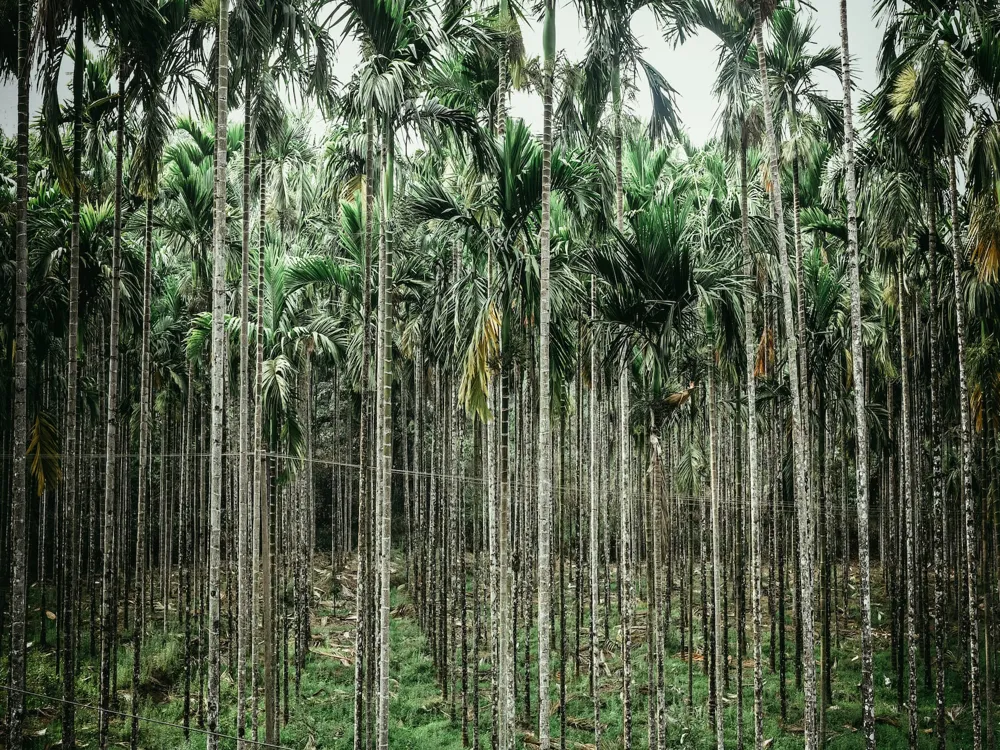Nestled in the heart of Hassan, Karnataka, Maharaja Park stands as a testament to the city's rich cultural heritage and lush natural beauty. This picturesque park, a beacon of tranquility, offers a serene escape from the hustle and bustle of city life. The park's history dates back to the era of royal patronage, reflecting the grandeur and elegance of a bygone era. Spanning several acres, Maharaja Park is not just a recreational spot but a slice of history, meticulously preserved for future generations. As visitors stroll through the well-manicured pathways, they are greeted by an array of vibrant flora that blooms in myriad hues, casting a spell of enchantment. The park is a harmonious blend of natural beauty and carefully designed landscapes, making it a popular destination for nature enthusiasts, history buffs, and those seeking a peaceful retreat. Its significance extends beyond its beauty, serving as a venue for cultural events and social gatherings, thus playing a pivotal role in the social fabric of Hassan. The park's layout reveals an intricate design that merges traditional Indian aesthetics with influences of colonial architecture, a reminder of India's diverse historical narratives. It's a place where every corner tells a story, every pathway leads to a slice of history, and every visit leaves one with a sense of awe and wonder. In this comprehensive guide, we delve deep into the nuances of Maharaja Park's architecture, its historical significance, and offer practical tips for visitors planning to explore this hidden gem in Hassan, Karnataka. The architectural splendor of Maharaja Park is a fusion of Indian and colonial styles, a legacy of the times when India was under British rule. The park's design reflects the meticulous planning and artistic vision that went into its creation. As visitors enter the park, they are welcomed by an imposing gateway that hints at the grandeur that lies within. The gateway, adorned with intricate carvings and motifs, is a fine example of traditional Indian craftsmanship blended with colonial architectural elements. The heart of the park is dominated by a majestic central pavilion, which stands as a symbol of the regal heritage of Hassan. This pavilion, with its ornate domes and arches, echoes the architectural style of Mysore's royal buildings, a nod to the cultural and political ties between Hassan and the erstwhile Mysore Kingdom. The pavilion serves as a focal point for visitors, offering a panoramic view of the surrounding gardens and serving as a backdrop for cultural performances and events. Surrounding the central pavilion are lush gardens, laid out in symmetrical patterns, reminiscent of the Mughal style of landscaping. These gardens are a tapestry of colorful flower beds, manicured lawns, and ornamental shrubs, interspersed with water features like fountains and reflective pools. The use of water in the park's design not only adds to its aesthetic appeal but also creates a microclimate that is a few degrees cooler than the surrounding areas, providing a respite from the tropical heat. The walkways and paths within Maharaja Park are flanked by rows of towering trees, some of which are centuries old. These trees provide shade and add to the park's biodiversity, attracting a variety of bird species, and making it a haven for birdwatchers. The integration of natural elements with architectural features creates a harmonious balance, making Maharaja Park a masterpiece of landscape design. In summary, the architecture of Maharaja Park is a splendid amalgamation of various styles and eras, each contributing to the park's unique character. It stands as a testament to the artistic and cultural legacy of Hassan, a legacy that continues to enchant visitors with its timeless beauty. The ideal time to visit Maharaja Park is during the cooler months of October to March, when the weather is pleasant, making it perfect for exploring the park's vast expanse. The monsoon season, although scenic, might restrict some outdoor activities due to rain. Visitors are advised to carry essentials like water bottles, sunscreen, hats or umbrellas, and comfortable walking shoes. For those interested in photography or birdwatching, carrying a camera or binoculars is recommended. Maharaja Park is a heritage site, and it's important to respect its sanctity. Littering is strictly prohibited, and visitors are encouraged to use designated waste bins. Maintaining the serenity of the park by avoiding loud noises is also appreciated. The park is accessible to people with mobility challenges, with specific pathways designed for easy navigation. However, some areas might be less accessible, so it's advisable to plan accordingly. As Maharaja Park is a site of cultural significance, visitors are encouraged to dress modestly and respect local customs and traditions, especially during cultural events or festivals. Maharaja Park is easily accessible from various parts of Karnataka. The nearest airport is the Bengaluru International Airport, from where one can hire a taxi or take a bus to Hassan. Hassan is well-connected by road and rail, with frequent bus and train services from major cities like Bengaluru, Mysuru, and Mangalore. Within Hassan, Maharaja Park is centrally located and can be reached by local taxis, auto-rickshaws, or even by walking from nearby areas. Read More:Overview of Maharaja Park, Hassan, Karnataka
Architecture of Maharaja Park
Tips When Visiting Maharaja Park
Best Time to Visit
What to Bring
Park Etiquette
Accessibility
Cultural Sensitivity
How To Reach Maharaja Park
Maharaja Park
Hassan
Karnataka
NaN onwards
View hassan Packages
Weather :
Tags : Garden & Park
Timings : 6:00 AM to 8:00 PM, Every day
Entry Fee : None
Planning a Trip? Ask Your Question
Hassan Travel Packages
View All Packages For Hassan
Top Hotel Collections for Hassan

Private Pool

Luxury Hotels

5-Star Hotels

Pet Friendly
Top Hotels Near Hassan
Other Top Ranking Places In Hassan
View All Places To Visit In hassan
View hassan Packages
Weather :
Tags : Garden & Park
Timings : 6:00 AM to 8:00 PM, Every day
Entry Fee : None
Planning a Trip? Ask Your Question
Hassan Travel Packages
View All Packages For Hassan
Top Hotel Collections for Hassan

Private Pool

Luxury Hotels

5-Star Hotels

Pet Friendly










